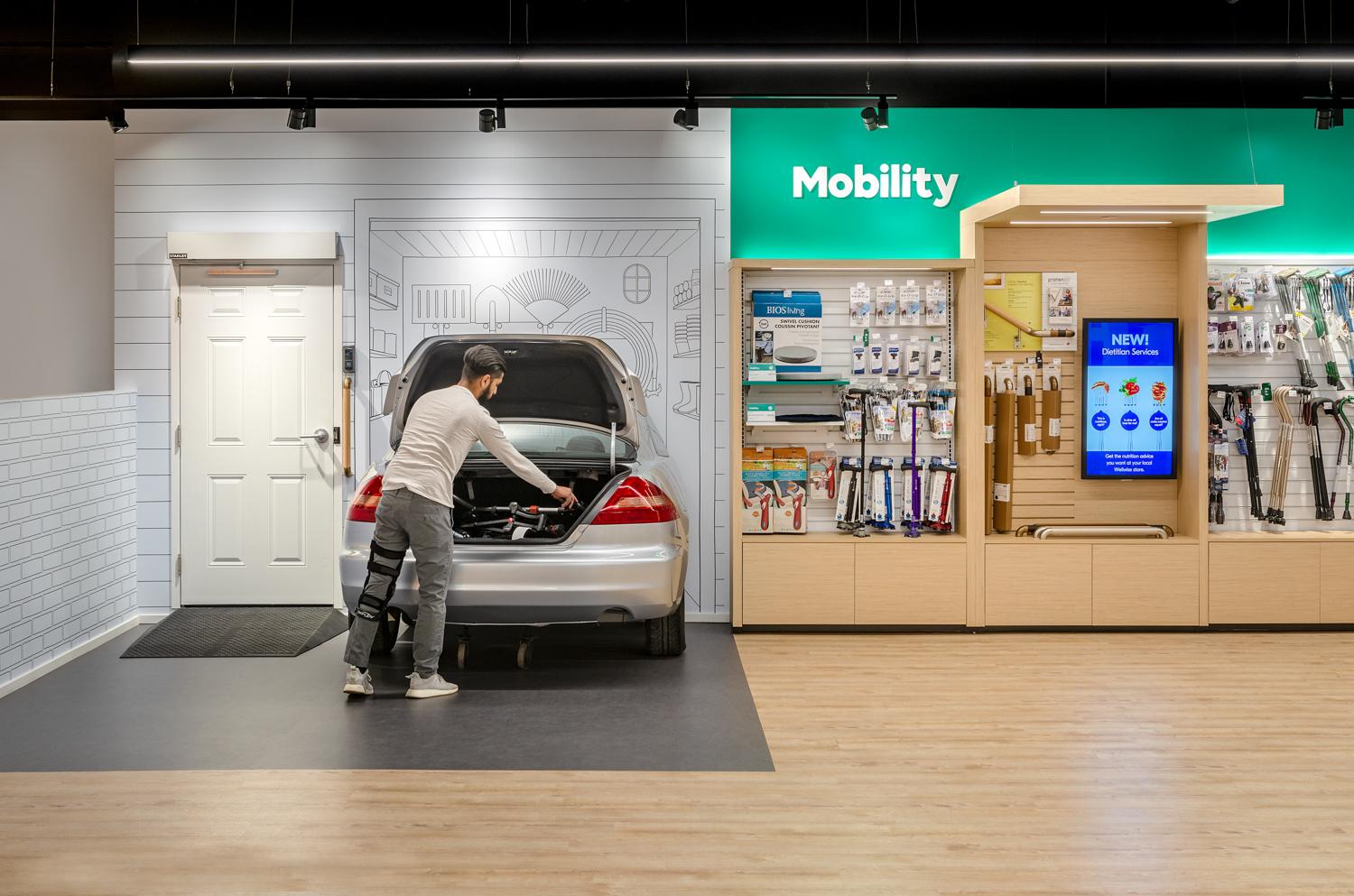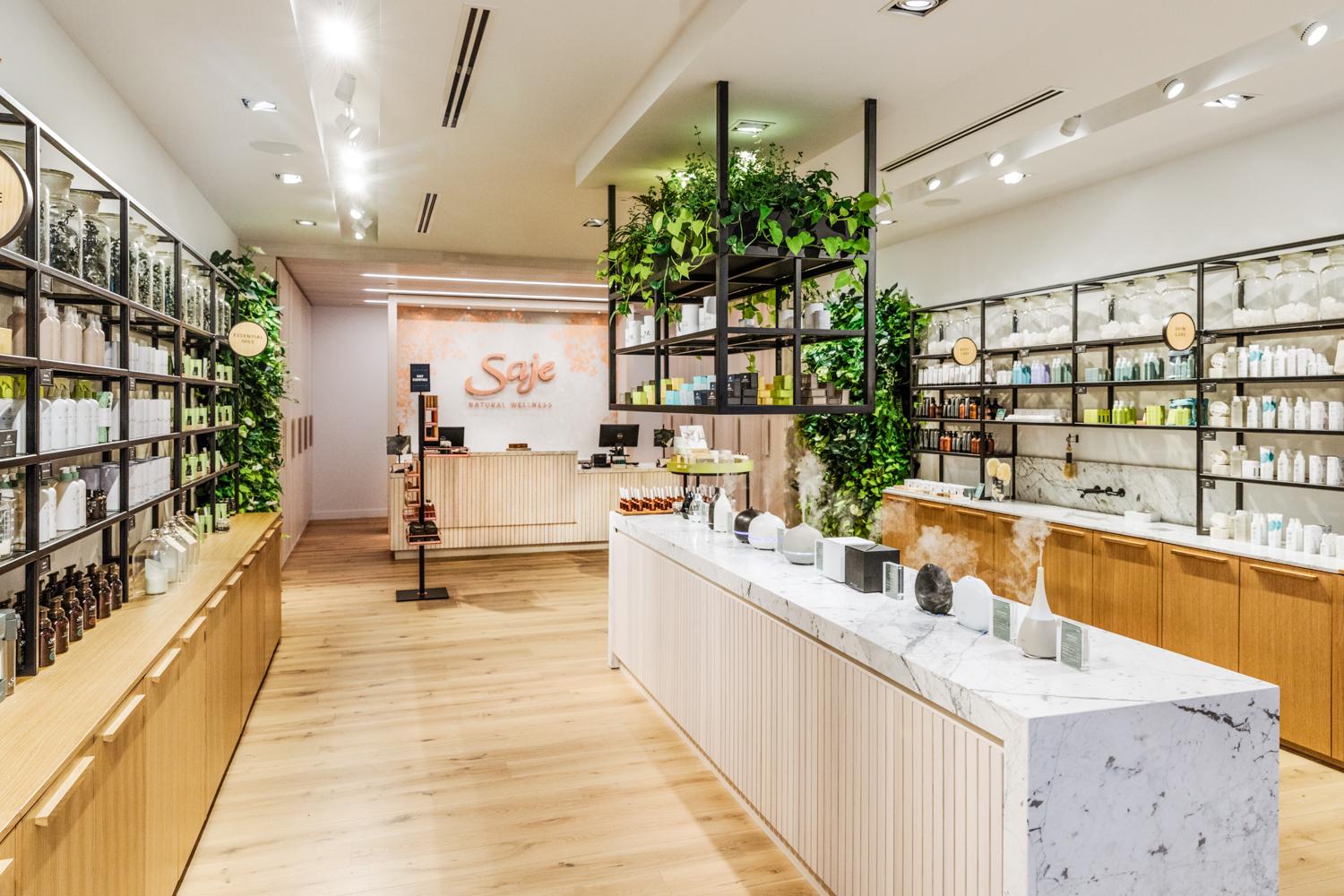There is no denying that recent years have seen a huge shift in the retail landscape. Values and consumer habits have moved away from the cut and dry materialism of the 20
th century and now experiences are the new cultural currency. We have also seen other trends take root, such as the overload of hyper immersive “Instagrammable” pop ups, and we’ve lived through the disruption of the digital age which has led to the “retail apocalypse” and the downfall of the department store.
According to the Pew Research Center, 2019 is the first year that millennials have outnumbered baby boomers in the United States. We also have Gen Z, the school-age young adults of the next generation, poised to shake up the industry even more. While we can’t predict the future, the statistics of how and where we shop are telling of what consumers these days find necessary as part of their buying process. To begin to understand what comes next, we must first thoroughly understand our consumers.

People today are focused on self-care and living a more balanced life. They are also now consciously seeking natural alternatives and companies that are environmentally responsible. There are creative ad campaigns plugging everyday items that have been reinvented for a generation that wants to give back to the community, demands transparency and would rather pay an extra dollar to ensure that what they’re buying into is the real deal. This has resulted in the rise of singular branded, formerly mundane household items now reframed as their own niche markets that can elevate our experience. For example, we can now treat ourselves to toothbrushes made with sustainable wooden bamboo handles and organic charcoal bristles. Before making a purchase, we ask ourselves: Would we rather support mega corporations? Or would we rather support small businesses or those that care about sustainable development and strive to enhance health and wellness? What will make us feel better?
Most of our current retail clients are ones that operate from a wellness-based perspective. Retailers are recognizing this shift in shopping habits and companies that are experiencing growth are offering products and services which are focused on the foundations of health and wellness or embed it into their brand identity.
Here’s a snapshot of some of our retail clients and how we’ve helped them incorporate wellness into the design and roll-out of their projects.
Wellwise, formerly known as Shoppers Home Health Care, was known for selling utilitarian medical aids but has recently repositioned their brand. Their new bright and uplifting spaces empower Canadians to age powerfully and to live active and healthy lifestyles. We designed accessible stores with homey elements like warm wood flooring and millwork and drum shade lighting. Each product category is clearly defined with a corresponding bold colour and icon, making the store easy to navigate. Adjustable store fixture components and shelving provide flexible merchandising options for product displays.
The large-format stores include a mock-residential apartment, helping shoppers visualize how they can adapt their homes to accessible living while also allowing the store to push typical merchandising boundaries. We also included a garage space with an open car trunk where customers can test out loading their mobility devices.

Mad Radish is a quick service restaurant geared towards busy professionals who want quick and healthy alternatives to the typical fast food fare. They work with local farmers to source organic and sustainable ingredients, their packaging and cutlery are 100% compostable, and they donate fresh produce to low-income communities when you order through their app. The design of the space complements the fresh and organic menu with light-coloured, clean finishes that pay homage to natural elements. Biophilia is referenced in the design, emphasizing the use of fresh ingredients in the menu. We helped the client find efficiencies for the floor plan layout, finding a natural and efficient flow for customers looking to maximize their precious time.
5f20463277b267a7bf48ff00005ce30d.jpg)
Saje Natural Wellness promotes healing through plant-based sources with their essential oils. The stand-out design feature of their stores is a living wall. While there are many brands that incorporate floral walls in a bid to entice shoppers with an Instagrammable backdrop, the purpose of Saje’s living wall is to reflect the value they place on biophilia. Instead of the typical photogenic flora and fauna often seen on social media, they opt to fill their stores with plants and herbs that complement their product lines, such as sage, lavender and eucalyptus. Light finishes in natural oak further support the company's plant-based focus.

These brands are now at the forefront of creating a standard for design in wellness and capturing how that translates from the store to our everyday lives at home, at work and on the go. Designing for health and wellness allows us to connect with the public at large and allows us to relate with consumers on all levels. We look forward to continuing this journey with our clients and future collaborations where we are able to transform traditional retail store formats and elevate them to unique lifestyle experiences.
Written by Marcella Au and Shannon MacLean

